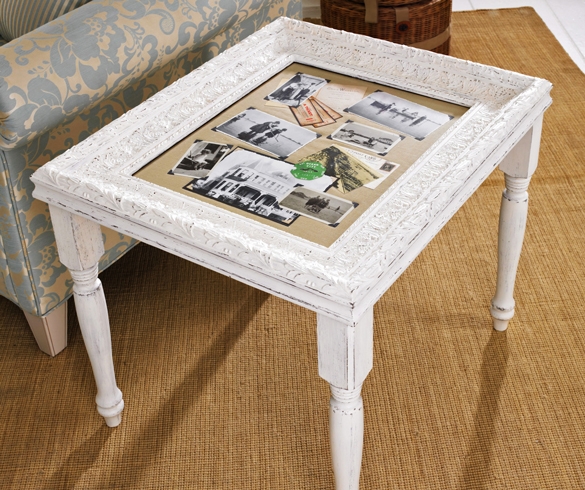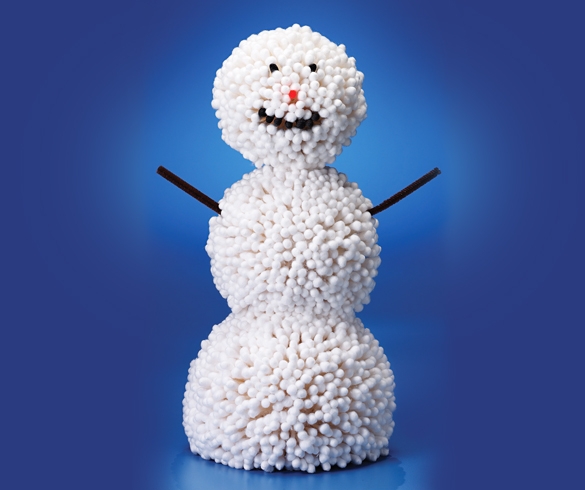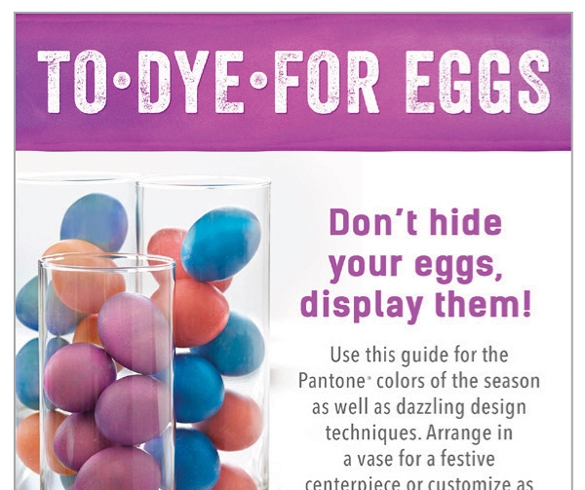
Healthy pie? You bet! Make your own pie from scratch with these better-for-you recipes.
Few things finish off a meal with family or friends like a slice of homemade pie. Yet most traditional pies can torpedo your diet with an avalanche of calories from not-so-stellar sources, namely white sugar, white flour, and lard or shortening.
Pie need not be a guilty indulgence. These fresh takes on this cherished dessert will surely bring smiles to any table of pie lovers and include the ingredients needed to knock them into nutritional shape. Pies are a great way to use up Mother Nature’s late-summer abundance of fresh fruits and vegetables.
Recipes
- Spelt Pie Crust
- Cherry Chocolate Pies
- Butternut Pecan Pie
- Apple Cheddar Rosemary Pie
- Lemon Greek Yogurt Pie with Blueberry Compote
- Gluten-Free Almond Pie Crust
- Peach Pistachio Pie
Easy as pie
A pie is only as good as its crust. These tips will help make you a pie-making pro.
Fat chance
All-butter crusts have wonderful richness, but for better flavour and improved nutrition try to source organic butter gleaned from grass-fed cows. For a flakier crust don’t overwork the butter into the flour—blend it into the flour just until it’s reduced to the size of peas. For a dairy-free crust, you can experiment with using unmelted coconut oil or one of the increasing number of dairy-free organic shortenings now available.
Cold shoulder
It’s best to work with very cold butter, so try placing it in the freezer for 30 minutes before blending into the flour. You can also do the same with coconut oil or dairy-free shortening. Warm fat will be absorbed by the flour instead of coating it, resulting in a less flaky, tougher crust. To keep things cool, you can also refrigerate your rolling pin before using it and also the pie with its filling while you roll the top crust. Attempt to make your pies during the time of day when your kitchen is at its coolest.
Add acid
A touch of cider vinegar serves to help tenderize the crust.
Roll play
Rolling dough between sheets of parchment paper can help immensely in avoiding a sticky situation and transferring the rolled dough from work station to pie plate. You can lightly flour the parchment paper to further limit sticking.
Give it a wash
Brushing the tops of pies with a beaten egg wash will produce a drool-worthy golden colour and a glossy finish. You want to apply a fairly thin coating, preferably with a pastry brush, with no puddles. Whisking the egg with a couple of teaspoons of water will help thin out the glaze for better brushing.
Pan handling
The dish you bake your pie in plays an important role in the outcome of a crowd-pleasing pie. Glass is a great option because it heats slowly and allows the heat to spread evenly. Ceramic also helps pies cook evenly and gently, without drying them out. In the oven, it’s wise to place the pie pan on a baking sheet to catch any possible overflow that seeps out of the pie.







